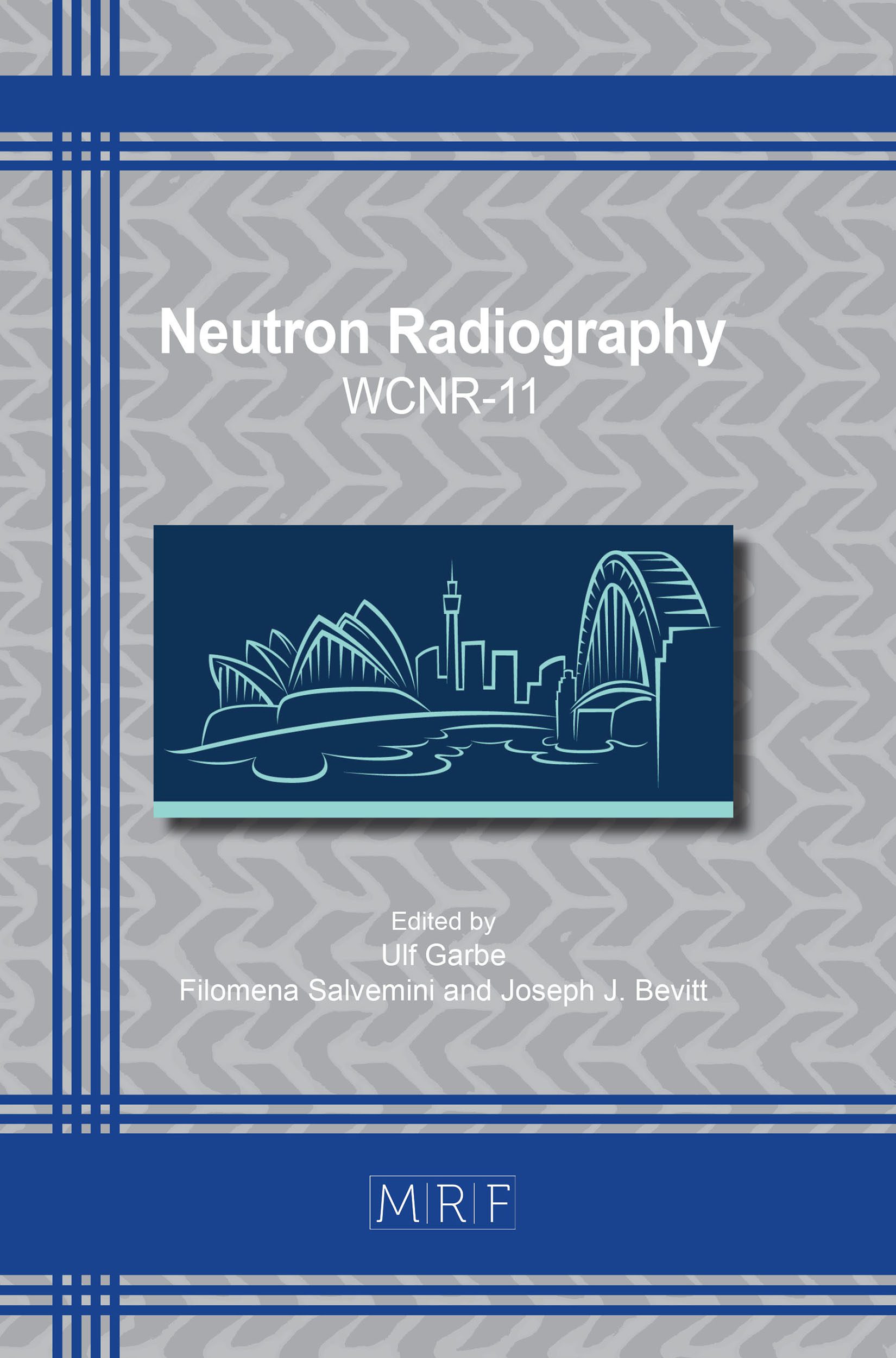Conversion from Film Based Transfer Method Neutron Radiography to Computed Radiography for Post Irradiation Examination of Nuclear Fuels
Glen C. Papaioannou, Dr. Aaron E. Craft, Michael A. Ruddell
download PDFAbstract. The Idaho National Laboratory supports multiple programs that are actively developing, testing, and evaluating new nuclear fuels including advanced commercial nuclear fuels, accident tolerant fuels, reduced-enrichment research reactor fuels, transmutation fuels, and advanced reactor fuels. Post irradiation examinations (PIE) of nondestructive and destructive techniques are performed at INL to research nuclear fuel behavior and performance under various conditions. The Neutron Radiography Reactor (NRAD) at INL is utilized to perform nondestructive examinations of irradiated nuclear fuels and the results of these examinations are used to aid in the decision making process for subsequent destructive exams. NRAD has historically performed transfer method neutron radiography with film as the imaging medium. This paper documents the effort to convert from film to computed radiography for PIE. Equipment selection, system characterization, and testing were performed as part of phase I. Phase II, as described in this paper, focuses on determining image resolution of the computed radiography system.
Keywords
Transfer Method Neutron Radiography, Computed Radiography, Conversion Foils, Dysprosium, Indium, Image Plates, Image Resolution, Post Irradiation Examination, Nuclear Fuels, NRAD, Idaho National Laboratory
Published online 1/5/2020, 6 pages
Copyright © 2020 by the author(s)
Published under license by Materials Research Forum LLC., Millersville PA, USA
Citation: Glen C. Papaioannou, Dr. Aaron E. Craft, Michael A. Ruddell, Conversion from Film Based Transfer Method Neutron Radiography to Computed Radiography for Post Irradiation Examination of Nuclear Fuels, Materials Research Proceedings, Vol. 15, pp 136-141, 2020
DOI: https://doi.org/10.21741/9781644900574-21
The article was published as article 21 of the book Neutron Radiography
![]() Content from this work may be used under the terms of the Creative Commons Attribution 3.0 licence. Any further distribution of this work must maintain attribution to the author(s) and the title of the work, journal citation and DOI.
Content from this work may be used under the terms of the Creative Commons Attribution 3.0 licence. Any further distribution of this work must maintain attribution to the author(s) and the title of the work, journal citation and DOI.
References
[1] Craft, A.E., Chichester, D.L., Williams, W.J., Papaioannou, G.C., and Wachs, D.M., 2015. Conversion from radiographic film to photo-stimulable phosphor plates for neutron computed radiography of irradiated nuclear fuel. ASNT Annual Conference 2015, pp. 23-27.
[2] Vontobel, P., Tamaki, M., Mori, N., Ashida, T., Zanini, L., Lehmann, E. H., & Jaggi, M., 2006. Post-irradiation analysis of SINQ target rods by thermal neutron radiography. Nuclear Materials, 356(1), 162-167. https://doi.org/10.1016/j.jnucmat.2006.05.033
[3] Craft, A.E., Hilton, B.A., Papaioannou, G.C., 2015. Characterization of a neutron beam following reconfiguration of the Neutron Radiography Reactor (NRAD) core and addition of new fuel elements. Nuclear Engineering and Technology, Submitted for publication. https://doi.org/10.1016/j.net.2015.10.006
[4] ASTM International, 2005. Standard method for determining image quality in direct thermal neutron radiographic examination. American Society for Testing and Materials, ASTM E545-05.































